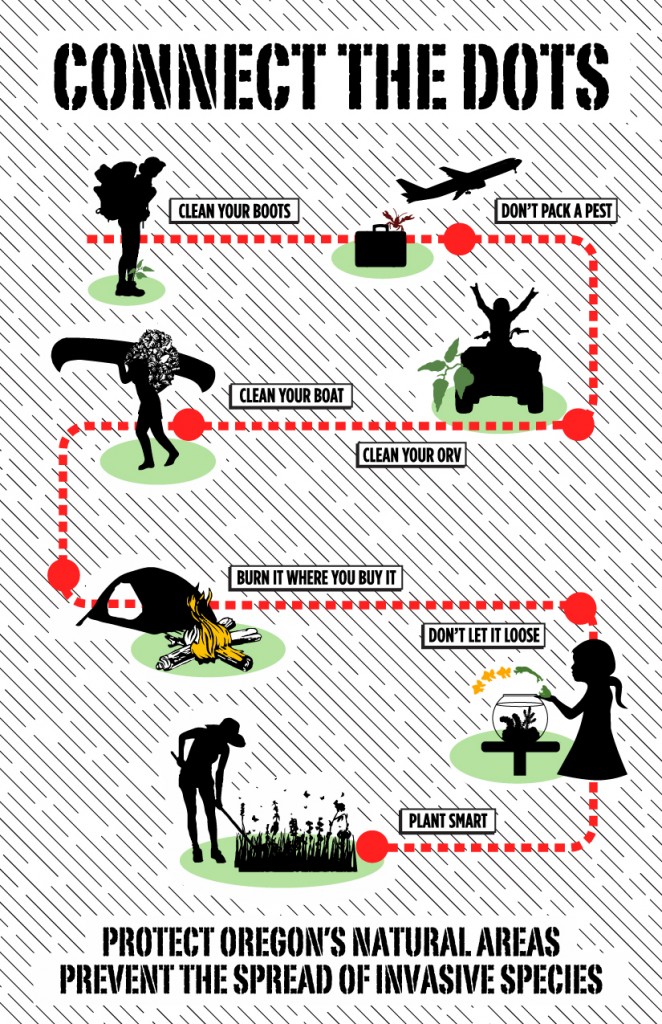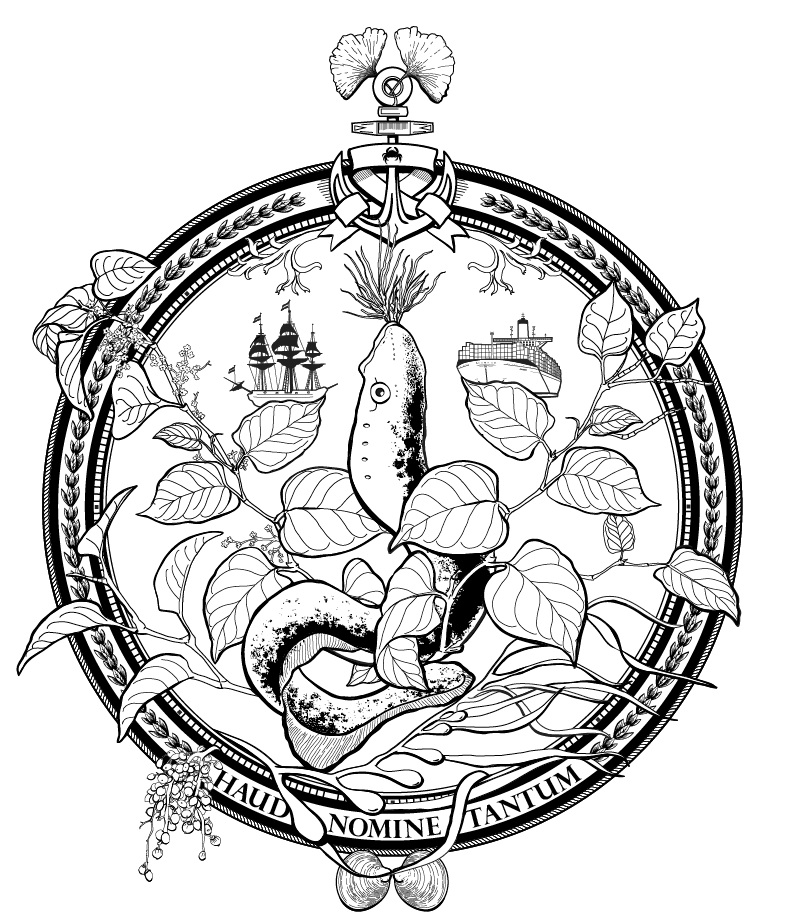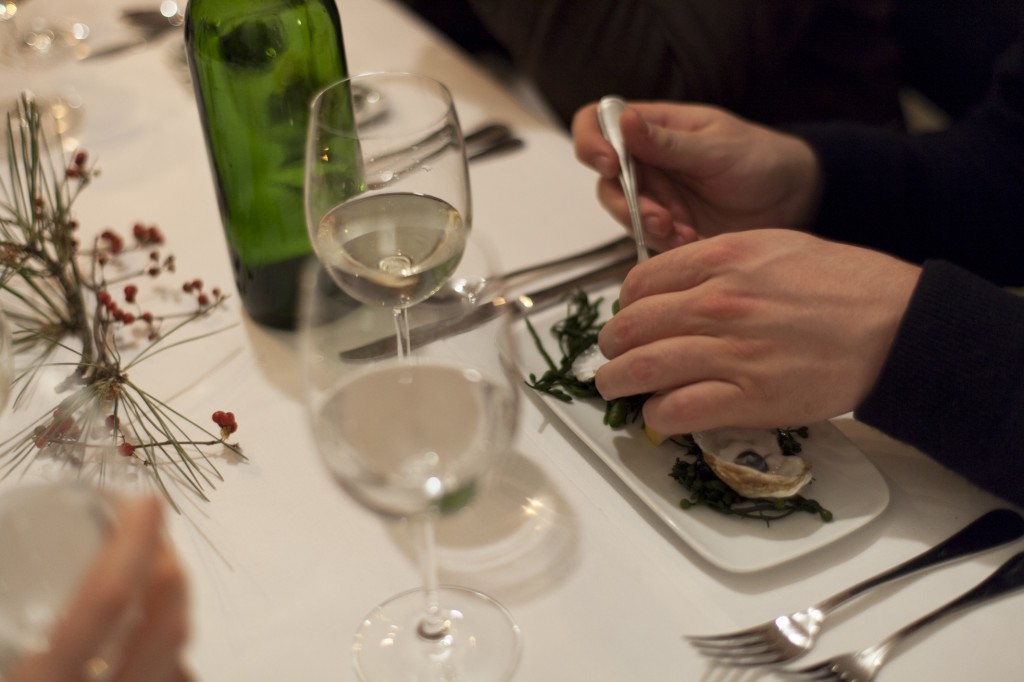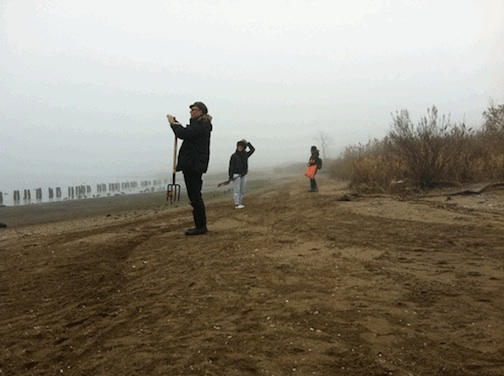There’s a new shift in the politics of food, not quite a movement yet, more of an eco-culinary frisson. But it may have staying power; the signs and portents are there. Vegans, freegans, locavores — meet the invasivores.
Some divers in the Florida Keys recently held a lionfish derby, the idea being to kill and eat lionfish, an invasive species. Local chefs cooperated by promoting the lionfish as a tasty entree. The idea drew editorial support from Andrew Revkin in a post on The Times’s Dot Earth blog in which he also mentioned an attempt by some fisheries biologists to rename the invading Asian carp “Kentucky tuna” to make it more appealing to diners. And the Utne Reader recently ran an article about Chicago chefs turning their attention to the same invasive fish.
The rumblings go further back, of course, as rumblings always do. The idea of eating kudzu and the recipes for it have been around for decades. More recently, at the beginning of 2009, a San Francisco blogger on matters ecological, animal and political, Rachel Kesel, posted a nicely turned argument for the “invasive species diet.”
Ms. Kesel, who grew up with a father who hunted deer, is now a vegetarian, but she included animals as well as plants in her proposed diet. She said in an interview that she was studying in London when she wrote the post, which grew out of conversations about diet and ecology. “If you really want to get down on conservation you should eat weeds,” she decided. And so she blogged.
She now works for the parks department of San Francisco and said she did indeed pursue the vegetable side of the diet she proposed. “I’m really looking forward to some of our spring weeds here,” she said, notably Brassica rapa, also known as field mustard or turnip mustard.
Ms. Kesel has a flair for the kind of rhetoric that any movement needs. “I’m almost serious here,” she concluded her diet post. “Eat for the environment. Eat locally. Eat wild meat. Eat for habitat. Eat invasive.”
Jackson Landers, unlike Ms. Kesel, is completely serious. As the Locavore Hunter, based in Virginia, he teaches urbanites how to hunt and butcher deer. He has branched out from the locavore life to invasives… What if we developed a similar taste for starlings?
I was pleased to see Canada geese and pigeons included in his list, because in the Northeast, neophyte invasivores face some unappetizing possibilities, like the zebra mussel (too little meat and too much salmonella) and the unpleasant and unwanted freshwater algae, Didymosphenia geminata, commonly called didymo, or, with absolutely no trace of affection, rock snot.
I don’t see the beginning of a menu there. But if we broaden the definition of invasives to include the things that invade the average suburbanite’s yard and golf course, a world of possibilities open up — deer, raccoons, opossums, squirrels, skunks, rabbits and woodchucks.





